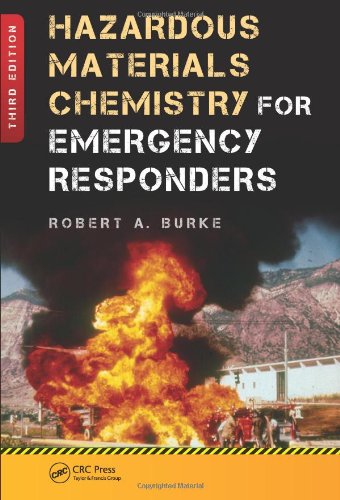

Most ebook files are in PDF format, so you can easily read them using various software such as Foxit Reader or directly on the Google Chrome browser.
Some ebook files are released by publishers in other formats such as .awz, .mobi, .epub, .fb2, etc. You may need to install specific software to read these formats on mobile/PC, such as Calibre.
Please read the tutorial at this link: https://ebookbell.com/faq
We offer FREE conversion to the popular formats you request; however, this may take some time. Therefore, right after payment, please email us, and we will try to provide the service as quickly as possible.
For some exceptional file formats or broken links (if any), please refrain from opening any disputes. Instead, email us first, and we will try to assist within a maximum of 6 hours.
EbookBell Team

4.8
104 reviewsThe third edition of a bestseller, Hazardous Materials Chemistry for Emergency Responders continues to provide the fundamentals of "street chemistry" required by emergency response personnel. Emergency response and hazmat expert Robert Burke takes the basics of chemistry appropriate for response personnel and puts it into understandable terms. The author has retained the style and format that made the previous editions so popular while updating the information to keep the book relevant.
See What’s in the Third Edition:
The chapters are organized by the nine U.S. Department of Transportation's hazard classes. Almost every hazardous material presents more than one hazard; the DOT’s placarding and labeling system only identifies the most severe hazards. Therefore, the book provides additional information about hidden hazards for each hazard class. It discusses individual chemicals, their hazards and their physical and chemical characteristics, both as distinct chemicals and within chemical families.
The book offers a concise presentation of the topics of most importance to emergency responders on a day-to-day basis. It provides the basic chemistry a responder needs to understand chemical terminology and communicate with others about the chemicals involved in hazardous materials incidents.